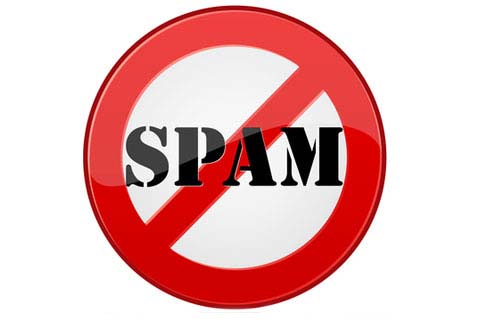Canadian News April 13, 2017
CASL Private Right of Action Provision Coming in July
On July 1, 2017, the Private Right of Action (PRA) provision in the Canadian Anti-Spam Legislation (CASL) will go into effect. After that date, any individual who receives a commercial electronic message (CEM), including emails, text messages, instant messages and direct messages on social media that encourage commercial activity, without having given consent to receive it can pursue legal action against the sender, at $200 a message. This is in addition to the $1 million to $10 million violation fines that the Canadian Radio-television and Telecommunications Commission (CRTC) can levy, which has been in effect since July 2014.

“There are big differences between the U.S.’s CAN-SPAM Act and CASL,” said Chuck Machion, senior vice president of Senior Counsel at ASI. “In the U.S., recipients need to have the option to opt-out [from receiving messages], but in Canada, you have to choose to opt in. Here, you get a free bite of the apple. In Canada, there are no free bites. And now, private attorneys will be involved.”
It’s important to note that a sender’s intent has no bearing on whether a message is deemed to be spam. A single email from a retail department store chain with information about an upcoming sale, for example, can be considered spam, as is a message containing a virus that originated from a nefarious group overseas. “‘I didn’t ask to receive it’ –that’s spam,” said Machion.
Therefore, to remain in compliance with the law, those sending messages into or within Canada must have implied consent or express consent from all recipients. Implied consent is in effect when the recipient has engaged in commercial activity with the sender over the past 24 months; the sender is a registered charity or political organization; and if the recipient has published their contact information visibly or has voluntarily divulged it without indicating that they do not want to receive messages.
If a message doesn’t fit those criteria, it requires express consent, a written or oral agreement to receive CEMs. An express consent request from the sender must include the reason for asking permission to send CEMs; a description of the messages they will be sending; the requestor’s name and contact information, including physical mailing address, phone number, email address and website URL; and a statement that the recipient may unsubscribe at any time. Checkboxes indicating consent cannot be pre-filled; recipients must check the box on their own for the consent to be in accordance with the law.
However, the request for consent cannot be unsolicited, since it would then be considered a CEM. “The recipient has to reach out first,” said Machion. “Say they ask a question about your services, then you can reply and include the express consent request with that message. But marketers are going to have to get creative. They might have to bring back more direct mail to get the word out. For every email you send to a Canadian recipient who hasn’t given consent, you can be fined $200.”
Below is a partial list of the types of messages that are exempt from CASL:
- Messages sent to family or another individual with whom the sender has an established personal relationship
- Those sent to employees, consultants or anyone else associated with the business
- Responses to current customers, with whom the company has an Established Business Relationship (EBR), or a customer who has inquired over the past six months
- Responses providing information about an ongoing EBR
Marketers must keep a record of consent confirmations in case a suit is brought against them, since CASL contains a “due diligence” defense. All messages sent must include the sender’s name, the physical mailing address, phone number, email, website URL, and an unsubscribe option, which, if selected by the recipient, must be processed within 10 days.
For the St. Regis Group, parent company to 10 promotional products suppliers, implementing procedures to ensure all emails are in accordance with the law has been a priority since CASL first went into effect in July 2014. “We ensure that every contact we enter into our system is an active or prospective customer whom we have corresponded with and sent catalogs or samples to,” said Guy Malk, vice president of marketing. “We never import any contacts that were purchased through business listings or otherwise acquired without the explicit consent of the contact.”
Malk adds that those companies that have established procedures to be sure that all recipients have given consent should be protected from litigation. “As long as they have built-in mechanisms to ensure that only contacts that have given explicit or implied consent are sent CEMs, there are really no ramifications to fear,” he explains. “But companies must document and record their correspondence with their contacts to protect themselves from potentially frivolous litigations in the future.”
The full text of the law can be found here and the CRTC has posted FAQs here. All Canadian marketers and marketers with Canadian prospects and clients are encouraged to speak with an attorney for any individual questions relating to CASL.
